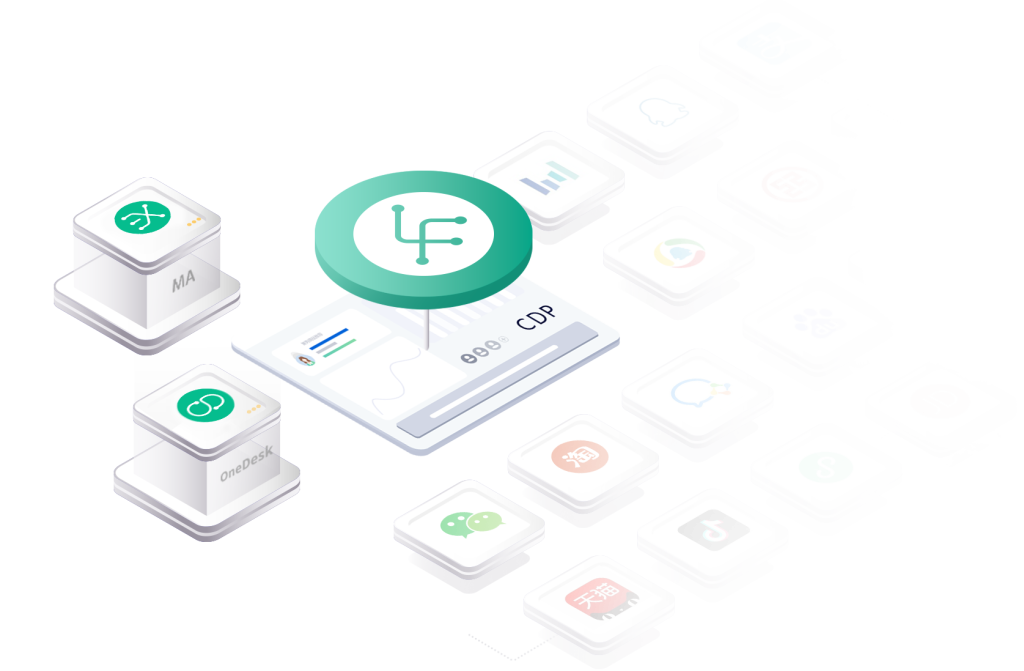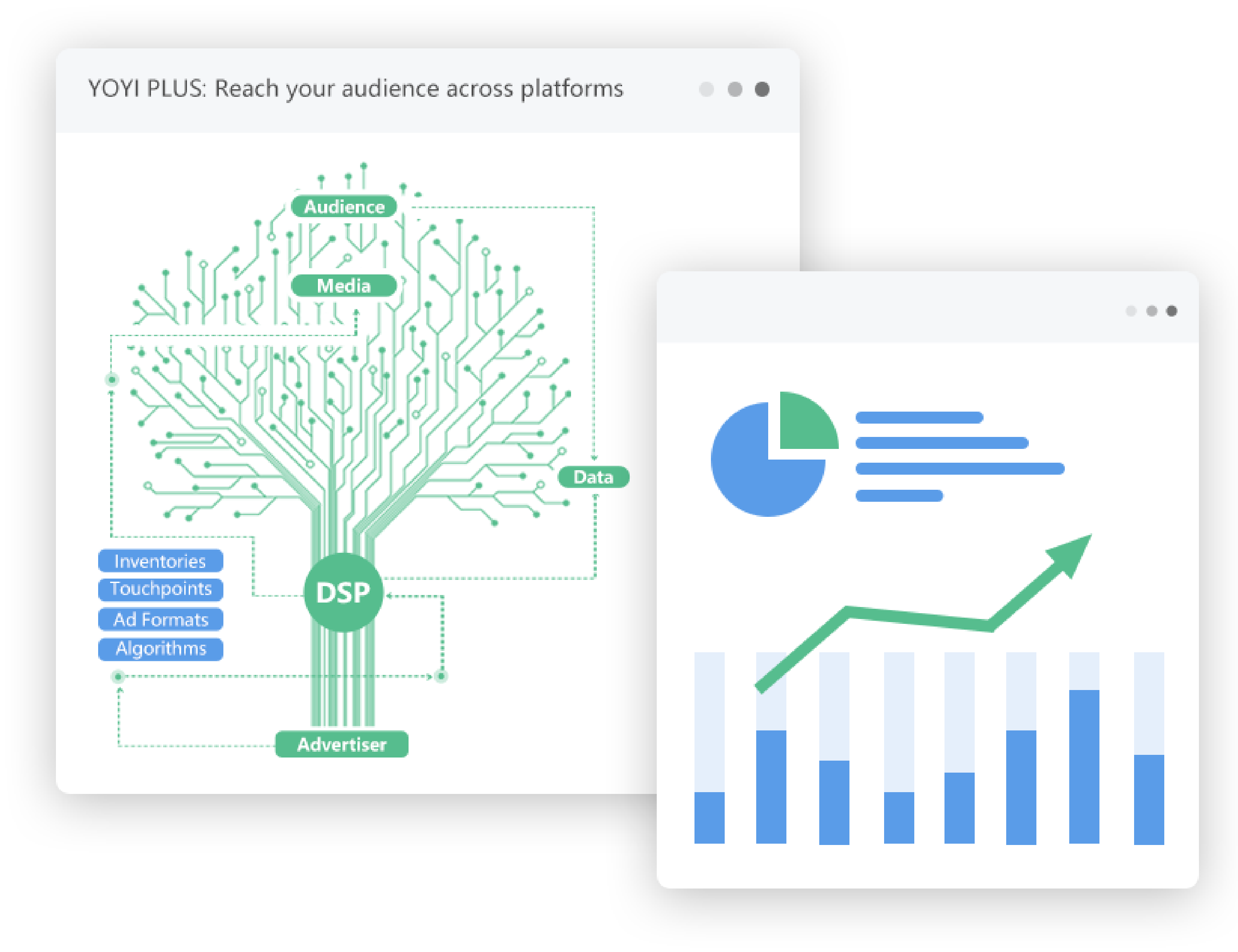The Leading AI Omnichannel Marketing Platform
Integrate multi-channel data to help brands maximize the effectiveness of digital marketing

Building a new infrastructure for digital marketing

YOYI PLUS: Demand-side Platform
– A massive ad resource hub integrating over 80% of media inventories
– Spectacular at the coverage of mainstream CTV inventories in China
– Rich Ad formats covering thorough media touchpoints
– Comprehensive audience targeting with AI capabilities
DNA: Data Management Platform
– A one-stop DMP that integrates multi-channel and massive data
– Accurate audience targeting via real-time and multi-channel optimizations
– Cross-screen audience targeting to enhance brand impact and engagement


LinkFlow: CDP & MA
– Cross-channel integration and harmonization of user data
– Build a unified profile to gain deep consumer insights
– Creating personalized experiences throughout the consumer journey
OneDesk:
One-stop media managment platform
– Integration of massive media resources
– Cross-platform execution, omnichannel ad management
– Safe, efficient, and transparent system environment
Compass:
AI empowers the entire campaign
– Modeling high-potential audience with AI
– Insights into audience, timing, and pricing with AI
– AIGC dynamically optimizes creative to increase ROI
Solutions

Household to Individual
- CTV Programmatic Buy
- Cross-screen Campaigns
- Big Brand Impact

Traffic & Conversion
- Tmall & JD Data Partnership
- Products launch 丨Promotion Sales丨Brand Day

Connection & Interaction
- WeChat, REDnote (XiaoHongShu), TikTok, etc.
- Campaign retargeting via conversion

Online to Offline
- Situational Marketing
- Online Booking
- Offiline Visiting
- Community Penetration & Family Reach

Consumer Operations
- Digital touchpoints matrix
- Personalized communication
- Strategy | Creatives
- Enterprise WeChat

Recruitment & Retention
- New user registration | Activation
- Reactivate dormant customers | Win back lapsed customers
- Initial purchase | Repurchase
To achieve new growth in omnichannel
Choose YOYI TECH and become a member of 1000+ successful enterprises
YOYI TECH. All rights reserved. Private Policy / Compliance 京ICP备11010068号 京公网安备11010502037074号
















































